5 Trans Am race liveries that look sweetest at speed
Fans of vintage racing flocked to Laguna Seca for the Velocity Invatational’s return to the storied track, the second year the event was hosted at the hilly, 11-turn circuit. Retired Formula 1 cars screamed down the Corkscrew, and century-old Ragtime Racers chugged up and down the hills, but for us, the tight packs of ’60s and ’70s Trans Am racers with their 5.0-liter V-8s roaring along the straights made for the best sounds at the track. Not only do they sound amazing, but they’re a feast for the eyes as well. Here are our five favorite vintage Trans Am liveries, as seen at the Velocity invitational.
The Gray Ghost
This subtle 1964 Pontiac Tempest was campaigned by Herb Adams, Pontiac Special Projects Lead Engineer, as well as other Pontiac engineers—along with hotshoe drivers Bob Tullius and Rusty Jowett—during the 1971 Trans Am season. Adams had been the hot-rodding brains behind many of Pontiac’s performance innovations, including the shaker hood scoop, first seen on his OCH-six-powered pet project. Adams turned the mid-sized Tempest, formerly owned by his father and then his wife, into a racer after it served as a daily driver for years. The scrappy underdog team suffered a couple of DNFs but also traded blows with cars at the front of the pack on occasion. The older Tempest, in its understated silver, certainly stands out among second-gen F-bodies and Sportsroof Mustangs.
Sam Posey 1970 Challenger T/A
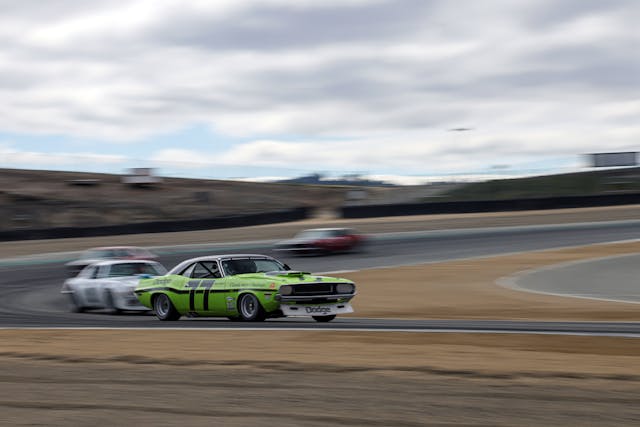
Mopar muscle cars are known for their over-the-top graphics, names, and, of course, High Impact/High-Performance colors. Sam Posey’s 1970 Challenger, finished in Sublime Green, is a legend at Laguna Seca, and not just because it wears a one-year-only paint. As the story goes, Posey’s car had just passed tech for the season opener at Laguna Seca when the inspector leaned on the roof of the car and it caved in far too easily. The race car body had spent a bit too long in its acid-dipping bath as part of the team’s effort to shed weight. It would not be allowed to race without a new roof, so Dodge found a donor car at a nearby dealership and its roof was cut off and grafted onto Posey’s ride so that it could race the following day. The #77 1970 Challenger looks great, naturally, but the story of its roof makes it even more special.
Mark Donohue 1968 Sunoco Camaro
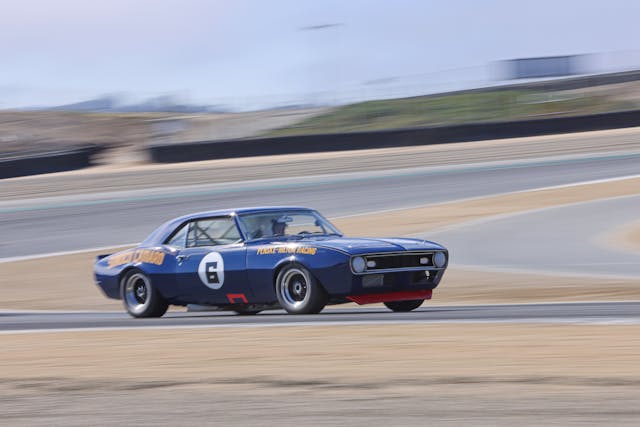
The 1968 Trans Am season started out looking good for Ford when George Follmer took the season-opening 24 Hours or Daytona by a 64-lap margin over the next-best finisher, Mark Donohue. However, the rest of the season didn’t go that way. Mark Donohue’s simple 1968 Trans Am livery, blue with yellow lettering, became iconic after the 1968 season, when he won eight straight races against the likes of Sam Posey, George Follmer, Jerry Titus, and Parnelli Jones, often by several laps.
School bus yellow 1970 Boss Mustang

Parnelli Jones made the school-bus-yellow 1970 Mustang a hero for the 1970 Trans Am Season, and when Bud Moore built similar cars in 1971 they were still formidable. Drivers George Fullmer and Peter Gregg finished 1-2 during the second race of the 1971 season at Bray Motorsports Park, and then first and third the following week at Mid Ohio (that’s Peter Gregg’s number 16 shown above). The combination of factory graphics and a big gumball on the door helped make the Boss Mustangs in the showroom even more impressive in 1970, but as we know, 1971 was not Ford’s year.
Red, white, and blue Sunoco Javelins
AMC certainly wasn’t going for anything subtle when it gave its Trans Am pony cars bold, tri-color paint jobs. First-gen Javelins, as seen in the number 6 car above, used vertical banding. The later livery added a more dynamic look by going with forward-tilting stripes. Maybe it was the new paint scheme, or maybe it was Mark Donohue, lured over from rival Chevrolet for the 1970 season, but the 1971 car was nearly unstoppable. The number 2 Sunoco Javelin was an absolute juggernaut with Mark Donohue behind the wheel, winning seven of the 10 races of the 1971 season, easily giving AMC the manufacturer’s championship.
Check out the Hagerty Media homepage so you don’t miss a single story, or better yet, bookmark it.

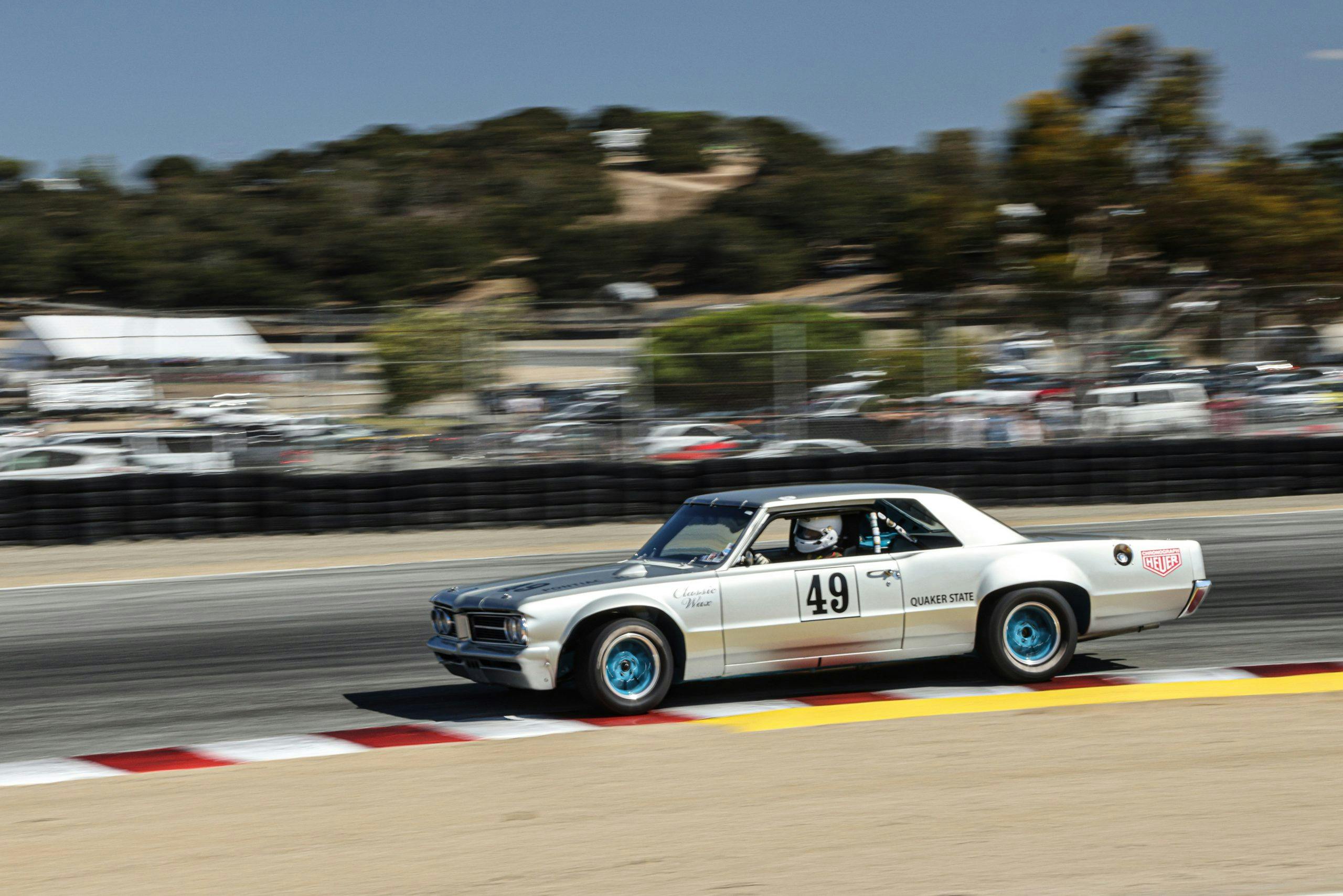
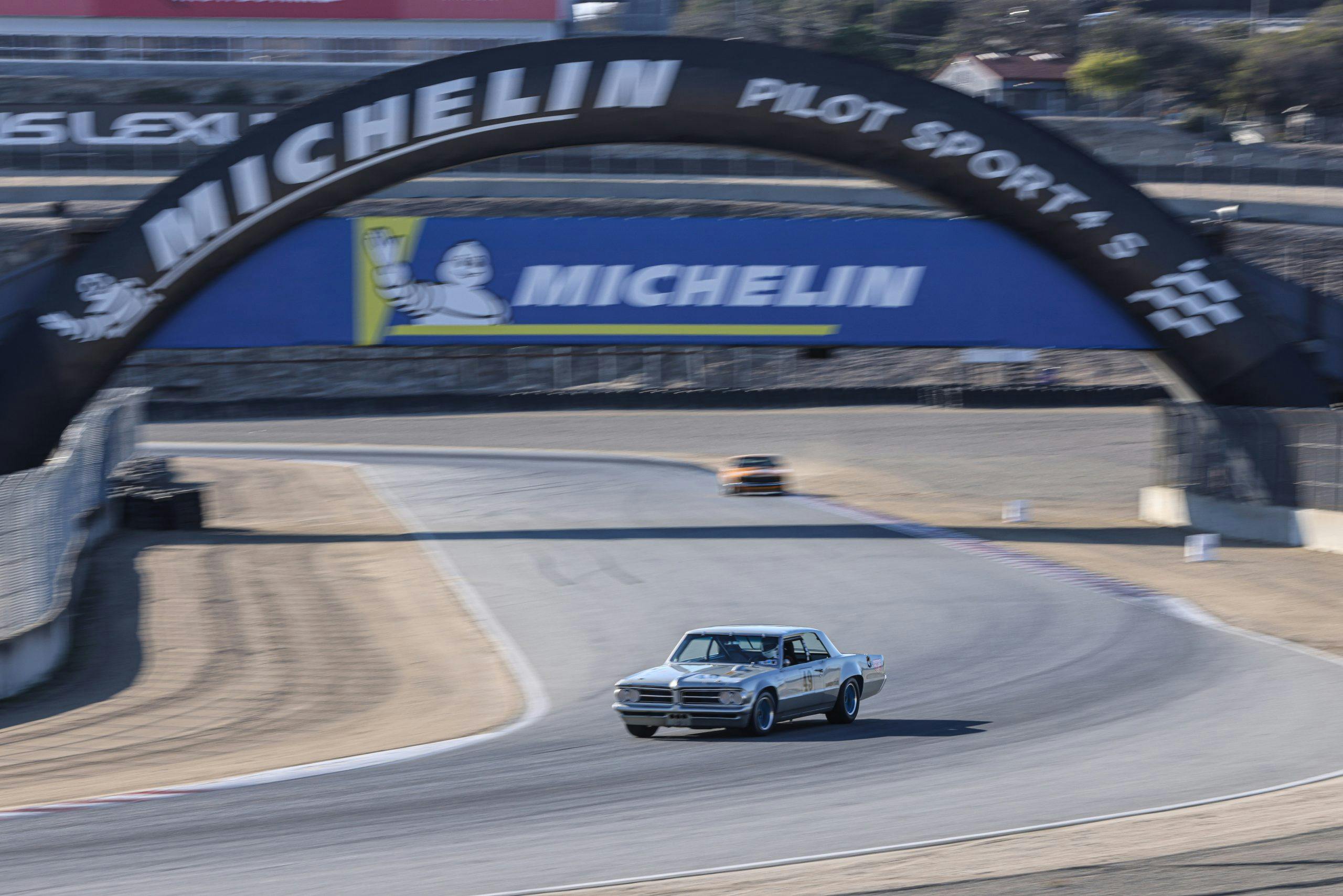
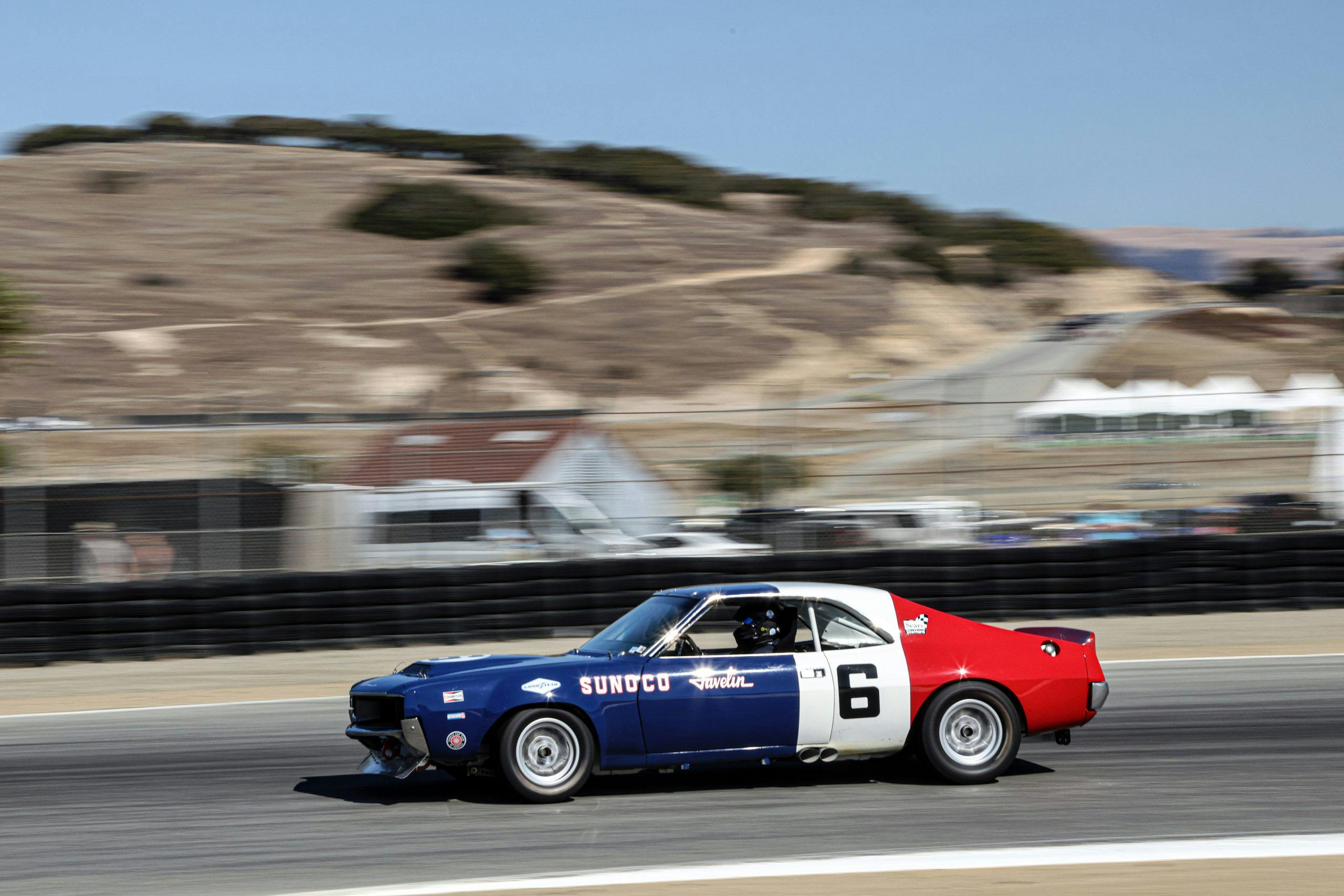
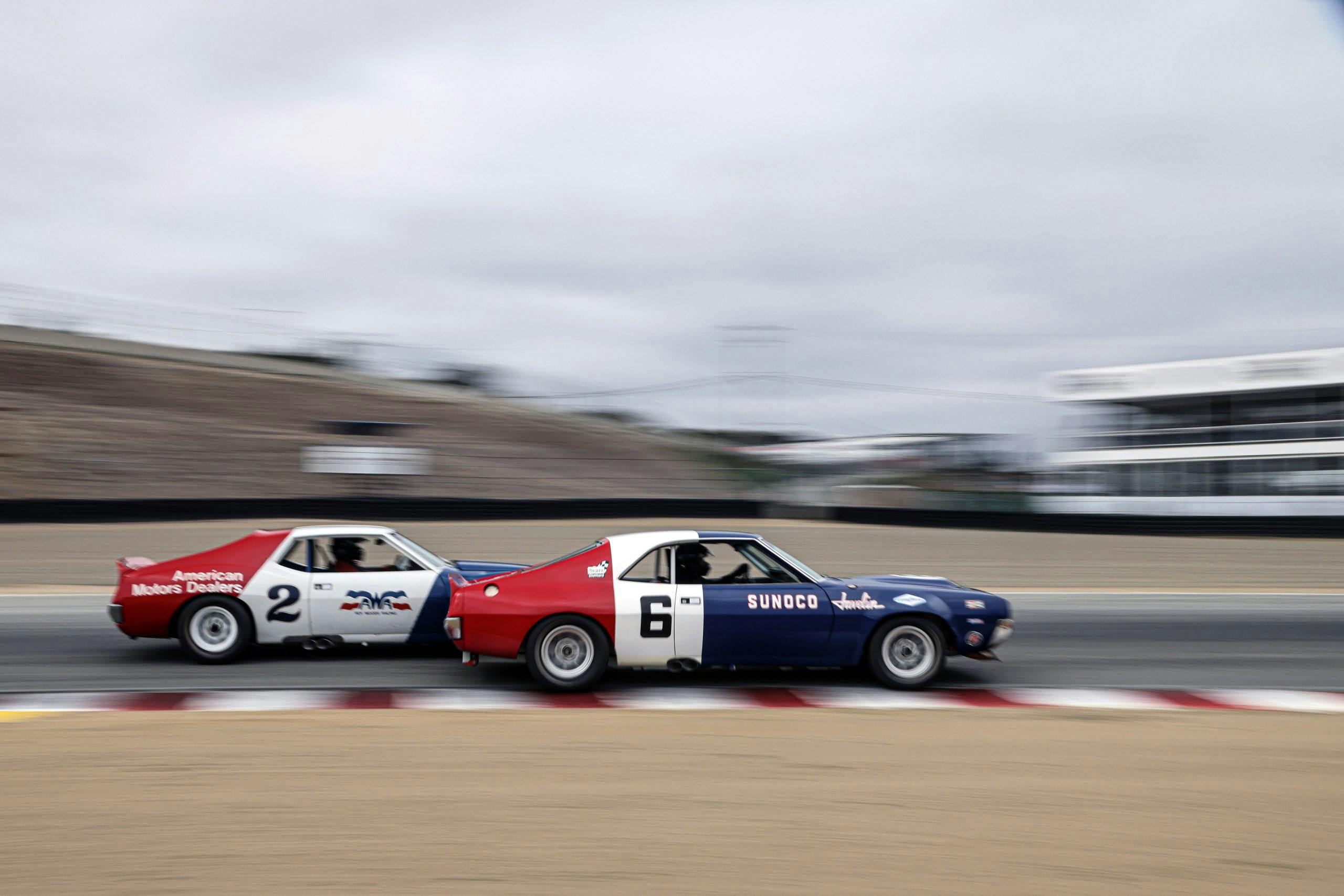


Love all the race cars from my youth. One of the Moore Boss cars was raced in Midwest SCCA racing starting in 72. I rode my bicycle from LaCrosse to where it lived in Onalaska WI just to eye it up. It looked like it just finished a Trans Am at Road America with lots of rubbin’. T/A, Can Am from that era–nothing compares. Awesome!
Correction: ALL forms of racing from that era were awesome! Racing wasn’t ‘homogenized’ yet.